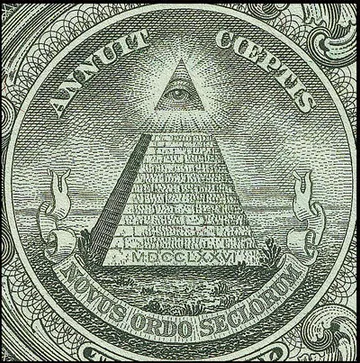
Dollarnote1.jpg

Dragons-and-Serpents1.jpg
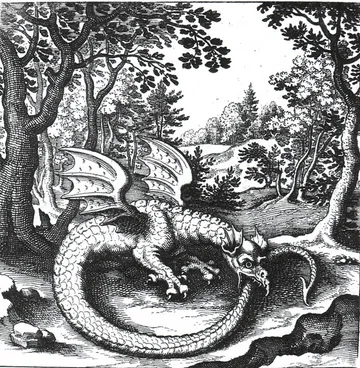
Ouroboros_1.jpg
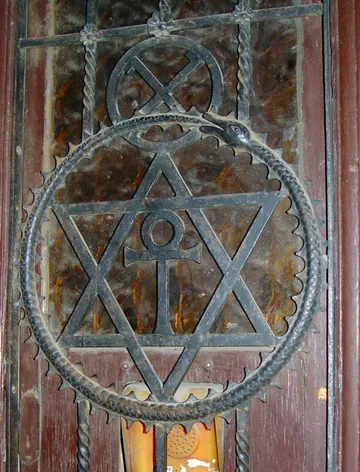
Ouroboros_2.jpg

Purple-Dawn-Age-lorez.jpg
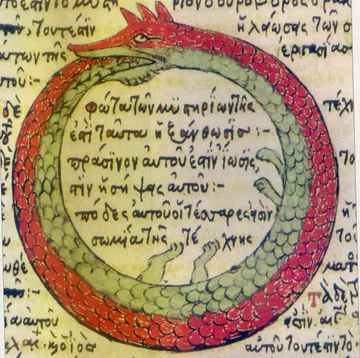
Serpiente_alquimica.jpg
Jno Cook's Short Timeline
* 4077 BC - Saturn lights up.
* 3147 BC - World flood, Jupiter on a steep mountain, 240-day year.
* 3067 BC - 2750 BC - Mars (with Mercury) closes in on Earth 10 times.
* 2860 BC - Jupiter enter the asteroid belt, loses its mountain form.
* 2349 BC, September 8 - Contact by Venus, fall of the Absu, appearance of the Moon, 260-day year.
* 2193 BC - Contact by Venus, 200 years of drought, 273-day year.
* 2150 BC - Jupiter catches on fire.
* 1936 BC - Contacts by Mars, Sodom and Gomorrah destroyed.
* 1492 BC, April 19 - Disturbances by Venus (Typhon), Exodus, 20 years of cloud cover, 360-day year, axial inclination to 30 degrees.
* 1442 BC - The sun stands still for Joshua (Venus).
* 806 BC - 687 BC - Nine Mars contacts.
* 776 BC, February - Mars, Venus, Mercury ballgame.
* 747 BC, February 27 - Mars jars Earth. 365.25-day year.
* 686 BC, March 23 - Mercury jars Earth, second Tower of Babel.
* 685 BC, June 15 - Venus and Mercury (Phaethon) start to blaze.
* 685 BC, July 9 - Jupiter wakes from death.
* 685 BC, July 14 - Jupiter releases a plasmoid bolt.
* 685 BC, July 25 - Plasmoid bolt lands at the Sun.
* 685 BC - Earth's axial inclination changes.
* 684 BC - A new Great Year starts March 8th (old equinox date).
* AD 600 - 800 - Red ring of the Absu fades.
* AD 1700 - Last sprinkling of Absu dust.
* AD 1840 - Ecliptic pathway last seen.
a.md
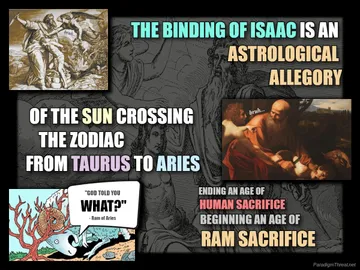
binding_of_isaac.jpg
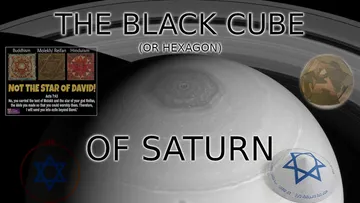
black_cube_of_saturn1.jpg

black_cube_of_saturn2.jpg
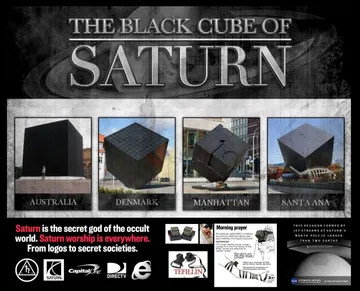
black_cube_of_saturn3.jpg

black_cube_of_saturn4.jpg
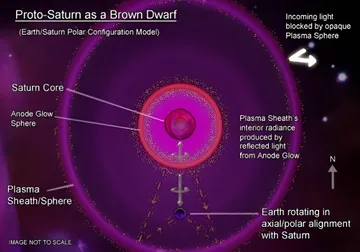
brown_dwarf.jpg
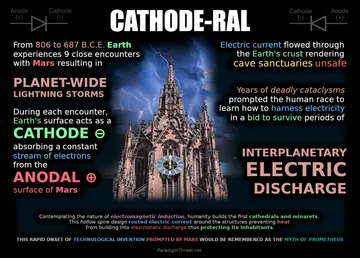
cathoderal.jpg
Cathedrals are Cathodes. Contemplating the nature of electromagnetic induction, humans built the first cathedrals and minarets. This hollow spire design routed electric current around the structure preventing heat to build into electrostatic discharge thus protecting its inhabitants. All cathederals originally provided sanctuary from interplanetary lightning storms. The rapid onset of technological invention provided by Mars would be remembered in the myth of Prometheus
cathoderal.md
Saturnian Cosmology Chat:
chat_saturnian_cosmology.mdx
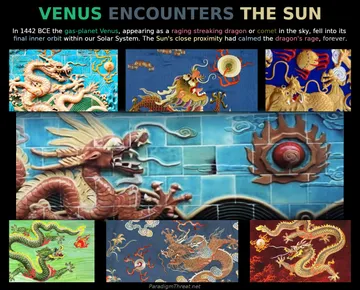
chinese_dragon.jpg
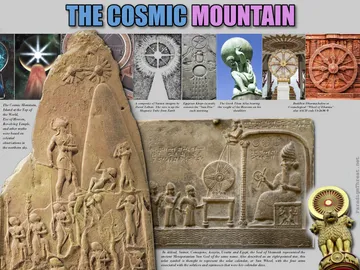
cosmic_mountain.jpg
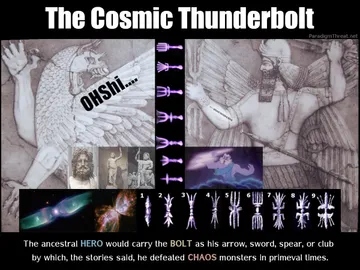
cosmic_thunderbolt.jpg
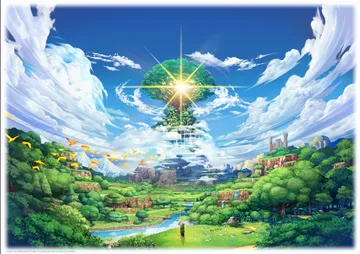
dragon-quest-yggdrasil.jpg
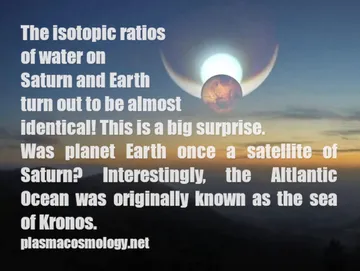
earth_was_saturns_moon1.jpg
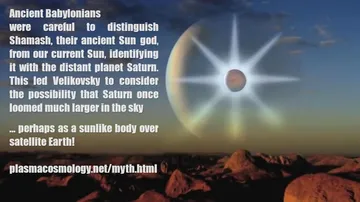
earth_was_saturns_moon2.jpg
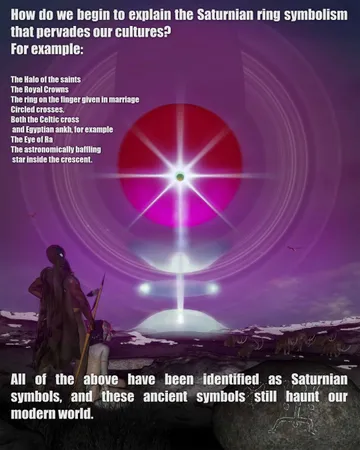
earth_was_saturns_moon3.jpg
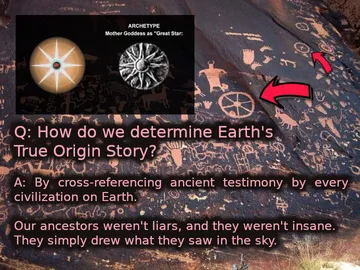
earth_was_saturns_moon4.jpg
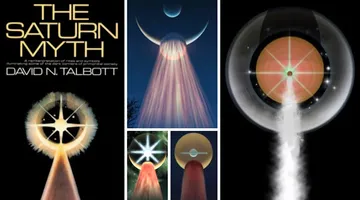
earth_was_saturns_moon5.jpg
If we take the testimony of the ancients as a literal description of actual events, the events would have looked like this:
1. Saturn Joins the Sun's System and Lights Up
The Earth moved in a congregation of planets, appearing as immense forms in the sky. Saturn was seen as a huge stationary body at the celestial pole. Venus appeared squarely in the center of Saturn Mars appeared inside of Venus. Jupiter was there also but hidden by Saturn. The entire system moved through a diffuse cloud of gas, illuminated by our Sun. On Earth, this meant that there was no clear distinction of day and night. At an early juncture, gaseous material or dust stretched from Venus toward Saturn. In periods of stability, these radiating streams appeared as a three-pointed and a four-pointed star-like pattern.
2. Night and Day Form
Over time, the surrounding cloud dissipated and more clearly defined cycle of day and night began. A bright crescent appeared on Saturn, created by light from our Sun. As the Earth rotated on its axis, the crescent visually turned around the polar center.
3. Mars Periodically Descends Towards the Earth
The smaller planet Mars was progressively destabilized and appeared to descend from its central position as it moved closer to the Earth. It returned to the central position, then descended still further, growing larger with each descent. When it visually dropped below Venus, a stream of material was seen stretching between Mars and Venus. As it continued to descend, gas and dust began to extend towards Earth. Lateral displacements of both Venus and Mars occurred. Plasma and debris spiralled between the two planets. Eventually, the spiraling material gathered into a band encircling Venus.
4. Debris from Mars Reaches the Earth
As the planetary system moved through space, the appearance of the band changed dramatically. The vertical movements of Mars continued, atmosphere and other material stretching toward the Earth with each descent. Eventually this material reached the Earth with disastrous effects.
5. Debris from Mars retreats from the Earth
When the skies cleared, Mars was seen moving away, a stream of gas and dust stretching upward with Mars appearing as the apex of the illuminated column. The band encircling Venus gradually opened. The four streams of comet-like material radiated once more from Venus. And material stretching from Mars to Earth retreated up the polar axis.
6. Configuration Breaks Up
The stable period of Saturn's domination ended with the collapse of the planetary configuration. Jupiter appeared for the first time as Saturn tumbled from its stationary position.
7. Jupiter's Reign and Demise
These events were followed by a period of great confusion and upheaval. With the displacement of Venus, the band and radiating material collapsed, spiraling between Venus and Mars and scattering into whirl-like patterns. There was a temporary renewal of the configuration, now visually dominated by Jupiter. And only later did the configuration fall apart, the planets moving into a new, more remote equilibrium.
events.md

exodus.jpg
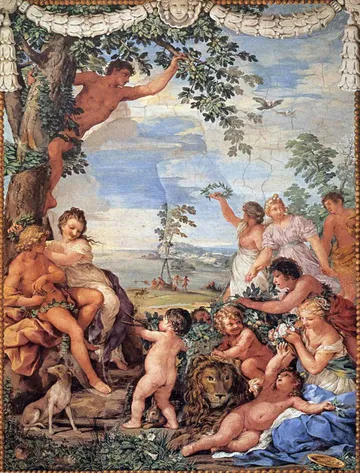
golden_age.jpg

golden_age_absu.jpg
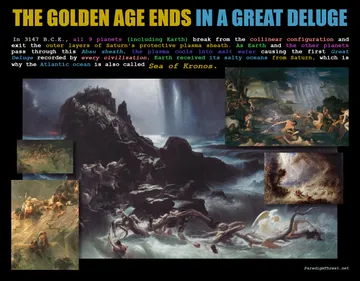
golden_age_ends_great_deluge.jpg
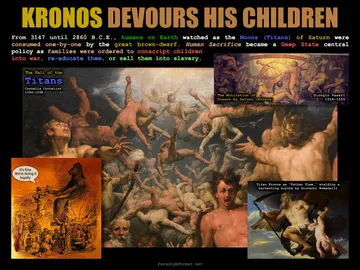
golden_age_ends_kronos_devours.jpg
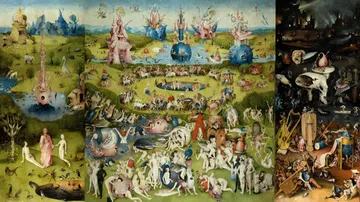
golden_age_hieronimus_bosch.jpg
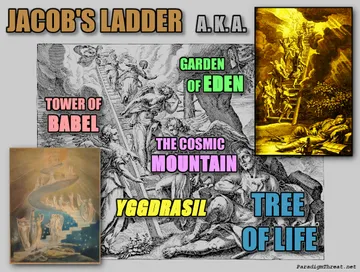
golden_age_jacobs_ladder.jpg
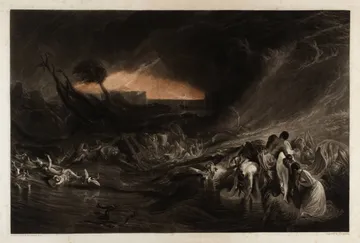
great_deluge3.jpg
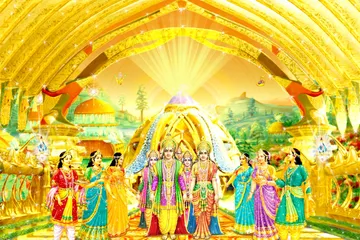
hindu_golden_age.jpg

mars-scar.jpg
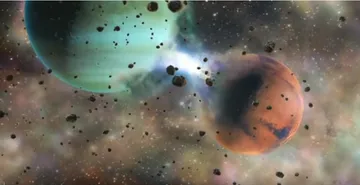
mars-scar2.jpg
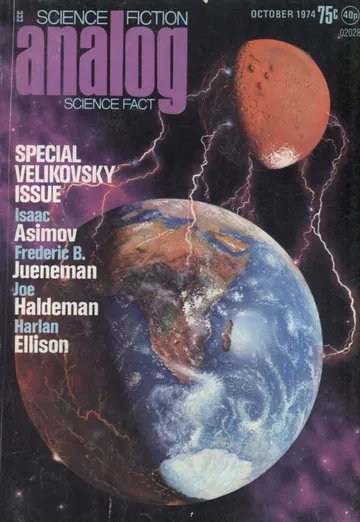
mars_scar3.jpg
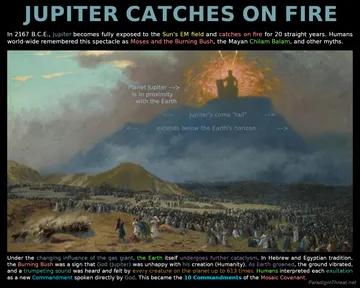
mount_sinai.jpg
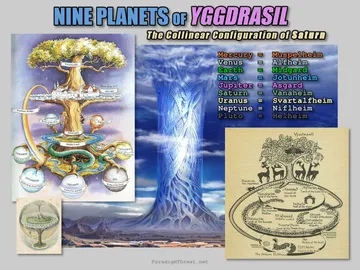
norse_yggdrasil.jpg

offering_to_molech.png

planet_narnia.jpg

planet_venus_as_medusa.jpg
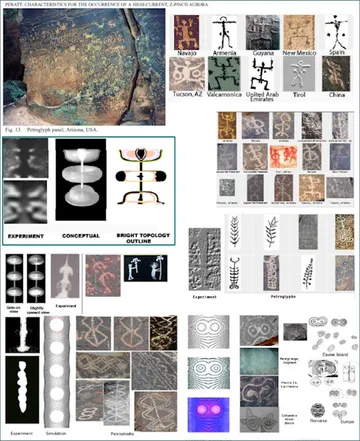
plasma_discharge_recorded2.jpg
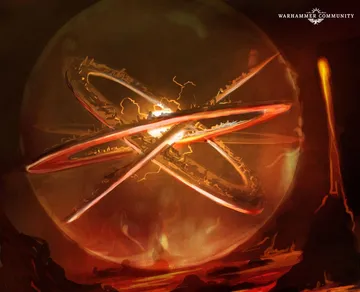
priori-mars.jpg
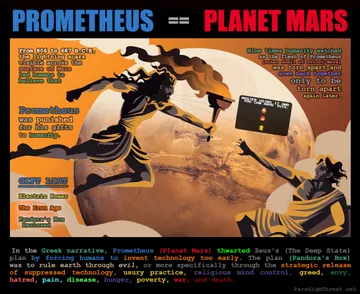
prometheus.jpg
The lightning scars streaking across the surface of the inner shell of Mars lead humans to believe Prometheus is being punished for his gift to humanity. Nine times they watch as his 'flesh' was torn apart and sown back together only to be torn apart again later. On February 27 747 B.C.E., Mars bumps Earth's magnetosphere and once again alters the Earth's orbital duration. Calendar keepers introduce a leap year (every 4 years) to account for the new 6-hour offset.
prometheus.md

quos_ego_neptune_calming_the_flots.jpg
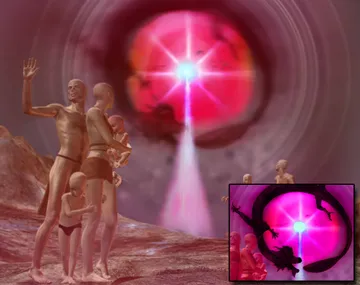
saturn-configuration10.jpg
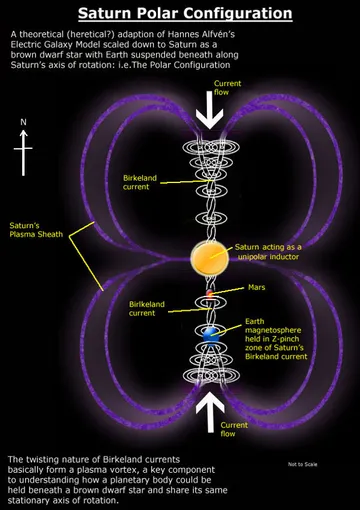
saturn-configuration2.jpg
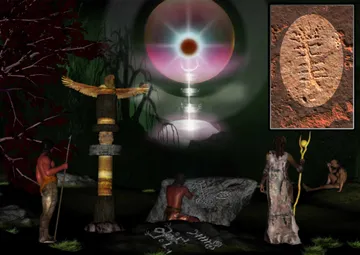
saturn-configuration7.jpg
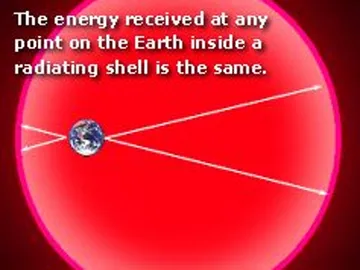
saturn_absu_layer.jpg
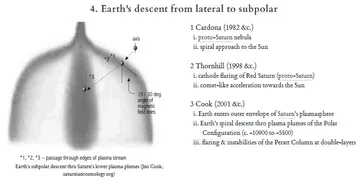
saturn_absu_layer2.jpg
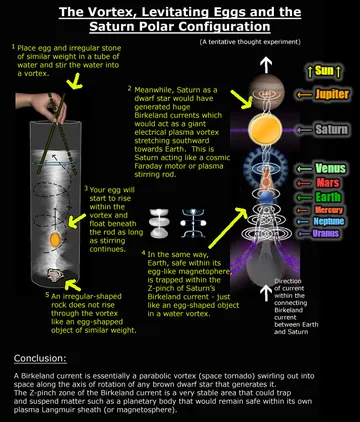
saturn_configuration_vortex.jpg
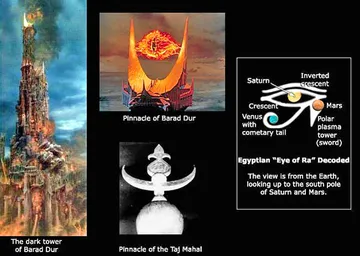
saturn_lotr1.jpg
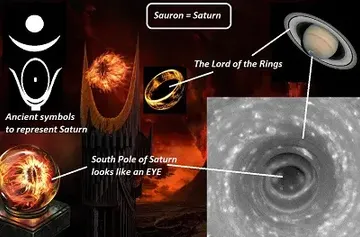
saturn_lotr2.jpg
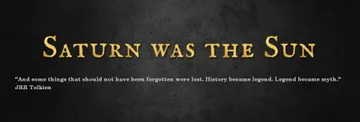
saturn_was_the_sun1.jpg
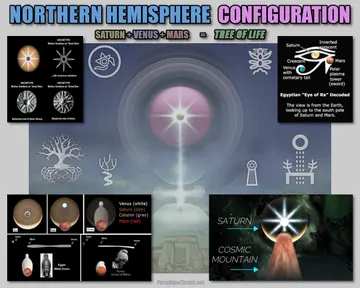
saturnian_configuration_north.jpg

saturnian_configuration_south.jpg
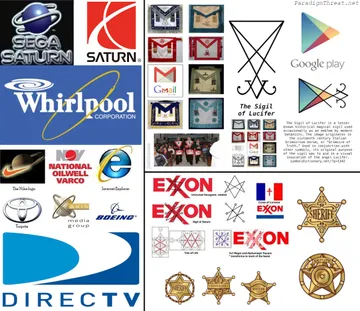
saturnian_icons.jpg

saturnian_icons2.jpg
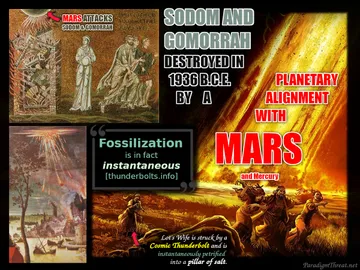
sodom_and_gomorrah.jpg
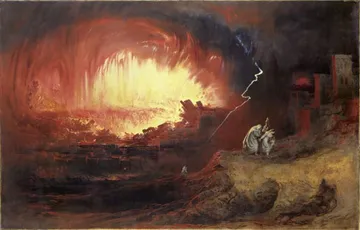
sodom_and_gomorrah2.jpg
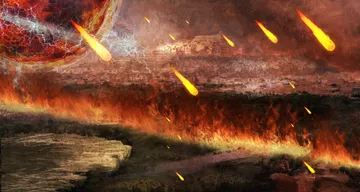
sodom_and_gomorrah3.jpg
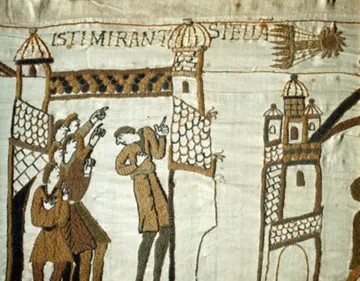
sun_stands_still_joshua_bayeux.jpg

talbot.jpg
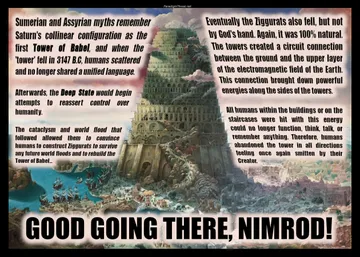
tower_of_babel.jpg
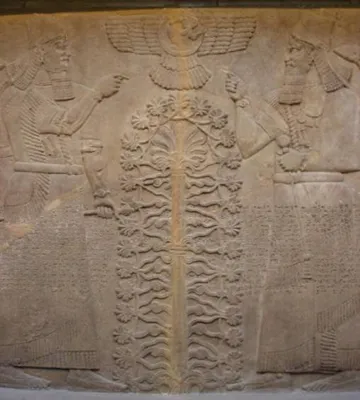
tree_of_life_babylonianassyrian.jpg
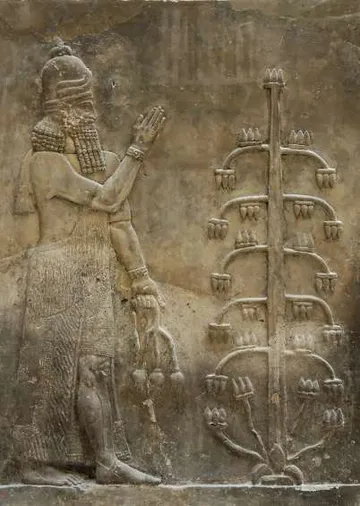
tree_of_life_palaceofkingsargonii.jpg
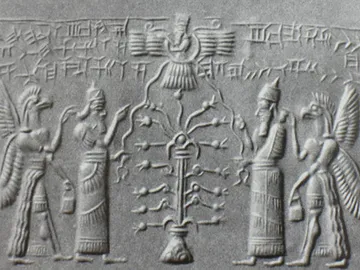
tree_of_life_solar_disk_ashur.jpg
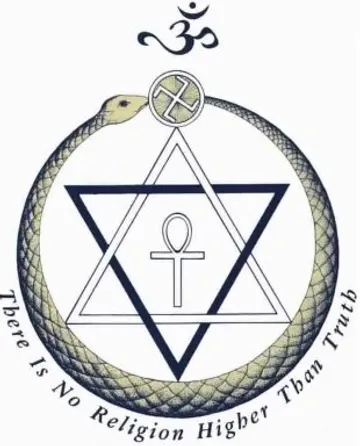
truth_ankh.jpg
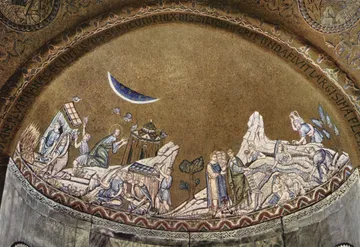
venice-exodus.jpg
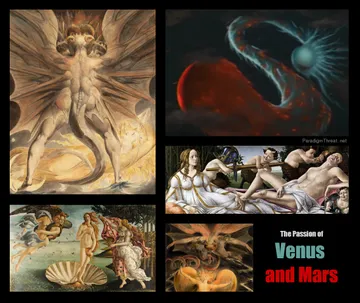
venus_and_mars.jpg
January 29,1975
Dear Dave:
As soon as I received your typescript sent to me by Steve, I read it, spending most of the day to do so. Under the first impression I wrote down a quite extensive evaluation; I also expressed my amazement atthe great effort you put into pursuing your theme and typed five single spaced pages without yet completing it; then I put it aside; several other tasks demanded my attention. Now I will try to put may evaluation and criticism into a somewhat more concise form.
Your work consists of three theses. The first deals with the worship of some deity located in the North. You cull from many references in the existing literature. I admit to not having paid much attention to this fascination with the North and to me, if I would have been asked what it is about, I would have referred to the short section Tao i= n W.in C. - By the way, you should have paid some attention to this religious philosophy that centered its interest on the North, but you omitted to do so. - The fear that the terrestrial axis may change its direction - and in historical times it did change =97 was, in my view, the reason for preoccupation with the North Star as you can also read in some of the American Indian legends quoted in WiC.
Your second thesis deals with Saturn referred to in ancient sources as sun. Nobody who studies the mythology of Saturn could have missed this peculiarity and in my old notes, dating from the 1940=92s I have many quotes that escaped your attention. On the other hand, you have many references that are not in my files. I had my explanation for Saturn being called sun ; I shall return to this.
Up to this point the merit of your work is mainly bringing together an impressive array of references in literature with the expressed intention to demonstrate a physical basis for them. Your own original idea isin Thesis #3, namely that Saturn referred to as a northern star was a Night Sun immovable over the Polar North. To this last thesis references are much more scarce. I wished to look up the reference from de Santiilana and von Dechend (I possess -the book though have not read in it) but you do not indicate the page in the book; would you let me know? You also do not quote verbatim the note in the second volume of Cook=92s \Zeus, - and I had no occasion yet to look it up in the Library. Acc. to you it refers to a statement in one of the Neo-Platonics. Now it seemedto me that your construction depends to a great extent on the untraced quote. Neo-Platonics of late Antiquity would be regarded by themselves as secondary sources; but possibly, if you should trace the reference, it may contain a mention of earlier authorities.
It appears that Thesis #3 is not as firmly established as the manuscript may suggest to a reader already much impressed by the rich evidence brought together for Thesis #2.
The physical model of what you suggest escapes me. If somebody, possibly Juergens, comes with a model, I would like to be told. In the solar system, neither the case of Uranus with its axis in the plane of the ecliptic(nearly so) - but not pointing toward the sun, not the case of the Moon with the same face towards the Earth, are fitting models for what you suggest.Whether a satellite could steadily point with its coinciding geographical andmagnetic poles towards a magnetic pole of a primary is not probable but this is the only remote possibility of a model that I would envisage. You can, however, not with good grace, offer the physicists to follow a historian of folklore, if you stop abruptly where some discussion of a model is being expected. But possibly your mailing your work to many readers has this purpose of evoking some model from those who wish to go a step farther.
Your removal of the Sun from any role in mythology goes, in my view, a little too far. It is true that in late antiquity and especiallly since Macrobius almost all mythology was made to represent the Sun, a vogue very much in mode at the beginning of the 19th century (Goethe=92s time) but also later - see my references in the first chapter of Oedipus and Akhnaton; but if there was a Day Sun besides a Night Sun, it could not escape having some role in mythology. The question why Helios or Shemesh were assigned secondary roles in the mythology of ancient peoples, I solved as reflecting the visual concept of what was going on the celestial screen at various celestial near contacts with the Earth: It was Mars that made the Sun retreat or to hurry down to setting, Mars (in other instances Venus, or Jupiter) being the great warrior, the Sun almost a frightened creature - and this very thought permeates the mythology of primitive peoples whether American Indians or Pacific races (Mau mythology).
To your thesis #1 you could add the reference to Baal-ha-Zafon (pronounced Tzafon) - the Lord of the North - referred to as a geographical point (probably a temple) in the description of the Passage of the Sea (Book of Exodus).
Reading your opus made me think that unduly I have not thought before of the role of the Polar Light in mythology. Neither you have thought of it. Considering that the catastrophic events of t the past strongly activated the charge of the Earth - and of other celestial bodies, the Polar Light must have been observed much more spectacular than in o= ur days, and also at lower latitudes. Such phenomenon (immovable, though the sheets of light stream and make a phantastic display) could not have left no trace in mythology.
The other idea that came to me reflecting on your work, is that atsome time in the past the north Polar Star, could have been one of the presently brilliant stars of the South, either Sirius or Canopus. The worshipof these stars in Egypt and in other lands, is possibly of significance in connection with the former role of one of them, or possibly of each of them at different times, as Polar Star of the Northern Hemisphere.
To Thesis #2, as said before, I have my explanation and it is found also put in type by Pens=E9e when a short article by John Holbrook, Jr. was contemplated for printing but dropped later at my request.Statements unsupportedby the material as collected and presented by me in the 1945 (or earlier) version of earlier catastrophes, may appear bizzare and lead to attacks; is not the case of Venus erupting from Juniter, clearly spelled outin WiC as the theme of a separate volume, became the favorite target of attack by my detractors among astronomers? Or the case of the not published volumes of Ages, known only from the Theses, being the theme for attack by historians, believing free to select the target in what they assume is in the unpublished volumes.
The article by Holbrook was read by you, in galleys, I assume. In it I explained why Saturn was considered a sun . Already in the manuscript of Saturn and the Flood (1940=92s) I understood that Saturn disturbed by Jupiter, exploded as a Nova, and its light outshone the Sun by far.=
Later, and the idea was expressed by me in several instances (it is also found in Holbrook=92s article who, by the way, discussed with me the theme quite a few years ago, as did also some others) I started to think that quite possibly, though not certain, that at the age of Kronos, the planet Earth could have been a satellite of Saturn. None of them was on their present orbit. I will not expand on the reasons for such a hypothesis. But this would be the second reason for referring to Saturn as sun .
I was interested to see where your ideas would bring you to, and also to learn how close you would come to my ideas, you and the other few who, with less devotion (at least as to days of work involved) but stillpursue the problem of the mythology of Saturn brought to this by my telling so much and no more about my unpublished work.
The idea of Saturn as a Night Sun is yours and I have no part in it. However, at various occasions, also at Symposia and lectures, I disclosed more about Saturn than you credit me in the first paragraph of yourwork the footnote to which is deleted. I have many times referred to my unpublished book, Saturn and the Flood, identifying Saturn as the cause of the Universal Flood. My early claims that Saturn consists mainly ofwater and has molecular or atomic chlorine were confirmed and Steve has the xerox of the facsimile letter by W.S.Adams written in 1955 - very skeptical of chlorine on Saturn, since then discovered. For my thesis that Saturn became a nova, I offered at the occasion of several lectures a new advance claim that Saturn may still emit cosmic rays of low intensity, the nova explosion itself having taken place between five and ten thousand years ago. See Fert=E9 in Pense=E9, May 1972. In 1976 Pioneer X and then XI will pass Saturn and we may have the confirmation. Certainly no stranger prediction was made among all my advance claims.
I am interested to know who besides myself, to your knowledge, brought together Saturn and the Universal Flood. This subject of my book somuch delayed in publication, is dropped by you in a few words on the last page of your typescript. Or who identified Osiris with Saturn? It is quite possible that somebody besides myself came upon this identification but I observed that A.H. Gardiner in his last book, Egypt of the Pharaohs, and even with more perplexity in an article, excerpts from which are in my files, wondered at what the historical meaning of Osiris, that so dominated the spiritual life of the Egyptians, could have been. Was he an ancient king or what? Through five decades of work in Egyptology, Gardiner could not solve the problem. But Osiris is Saturn.
I wrote, as I see, again at a greater length than I intended, but I think I did not waste typewriter=92s ink. No question, you have the fire that is a precondition of great discoveries. And you have alsothe ability to write persuasively building your case with a mounting suspense: but a discovery of a new land in the distance and a mirage can convey similar sensations. Nevertheless, what counts is that you rose in my eyes as a courageous and infatigable thinker, a dedicated hunter after source material, and this independent of whether there is truth in your theses. I wish you luck.
With friendly feelings,
Im. Velikovsky
vletter.md
